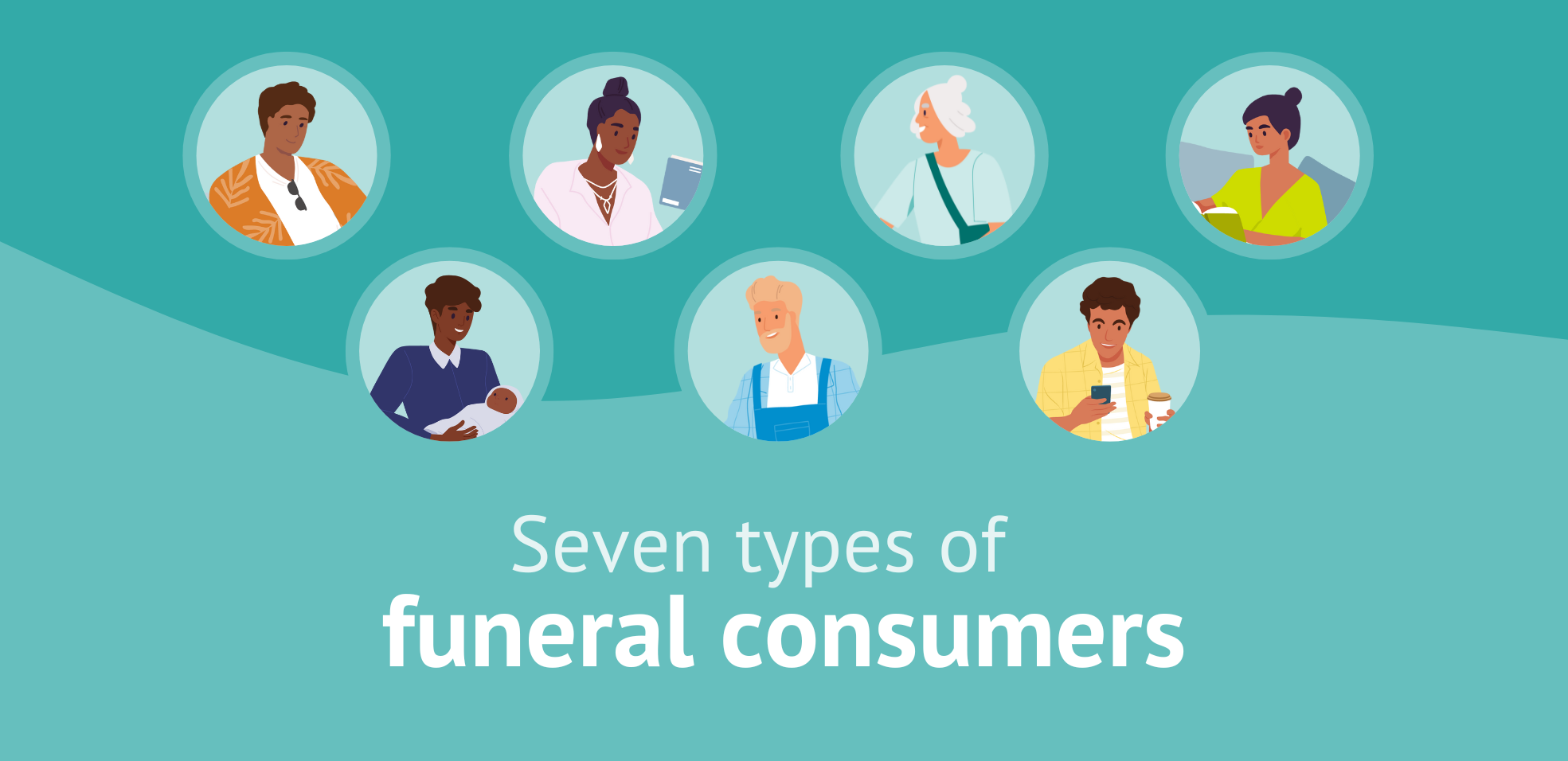How We Create Our Roadmap
January 16, 2024
/Blog%20and%20Featured%20Image%20Illustrations/How%20we%20create%20our%20roadmap.png?width=1750&height=850&name=How%20we%20create%20our%20roadmap.png)
Written by Josh McQueen, VP of Marketing and Product at Passare
As the VP of Marketing and Product, my responsibilities include facilitating our product and development roadmap (our plan for what we will build in Passare) and overseeing the teams that design the new functionality we make. When people find this out, I'm often inundated with questions, such as, “When are you going to build [X feature]?” or “Why haven’t you released [Z feature] yet?”
Every now and then, I can say, “We’re actually working on that now!”
But often, I have to reply by saying, “We have no immediate plans to work on that.”
It’s frustrating not to be able to develop all proposed ideas simultaneously in Passare. However, the most exciting thing is the opportunity to build new features and create value for our funeral home customers. That’s why we’re so intentional about our process to determine what our team works on.
With that in mind, I wanted to shed some light on how we put together our roadmap and make decisions on what we develop.
How we structure our teams
Before I explain our decision-making process, it’s important to understand how we have organized our teams and work.
To start, I do not unilaterally decide what goes into our roadmap. Instead, our management team, consisting of leaders from our Sales, Marketing, Support, Implementation, and Development teams, meet weekly to make these decisions.
We use that time to determine our strategic pillars, initiatives, and projects. We essentially use a modified version of John Doerr’s Objective & Key Results framework. This framework allows us to batch related project themes together to maximize the value we create for our customers. We do this because, over the years, we have learned that cherry-picking projects from all over our platform doesn’t move the needle of value for our customers. It is only when we can focus our attention on an area for a dedicated length of time across several projects that we see noticeable value created.
Finally, we’ve divided our platform into several different “components,” which are essentially our various products and technologies, and then dedicated a “squad” around each component. A squad is a team that can function autonomously and consists of Product Managers, Product Designers, Developers, and Quality Assurance (QA) analysts. By organizing our Product and Development teams this way, we can ensure that the core areas of our platforms are constantly receiving attention. For instance, our mobile app has a squad dedicated to it, ensuring that we are always focusing our time and attention on it.
Once our teams are established and aligned, they are ready to dive into actually making the decisions on what gets developed.
How we make decisions
“People think focus means saying yes to the thing you've got to focus on. But that's not what it means at all. It means saying no to the hundred other good ideas that there are. You have to pick carefully. I'm actually as proud of the things we haven't done as the things I have done. Innovation is saying no to 1,000 things.”― Steve Jobs
As I mentioned earlier, the most frustrating part of my job is telling a customer that we’re not currently working on their idea. If it weren’t for finite time and resources, we would do it all!
So, how do we make decisions on what to work on?
#1. We listen to our customers.
Listening to our customers' needs and implementing solutions that help them are why we do what we do.
We’ve implemented a variety of channels to receive this feedback, such as our idea portal and feature surveys. We also have a customer advisory board that we meet with bi-monthly. And lastly, we hear feedback from our Support team, who interacts with our customers all day and acts as an advocate.
#2. We evaluate our business needs.
Without overcomplicating things, business needs are relatively simple: grow revenue and cut costs. Obviously, making customers happy is the best way to increase revenue in the long term. We also evaluate how to do this in the short term. Ultimately, by doing this, we can continue to reinvest in our platform and increase the value we deliver to our customers.
#3. We have meaningful conversations.
There’s a well-known saying that goes, “Is this a problem to solve or a tension to manage?”
Our roadmap is a tension we manage with our teams, and we view the decision-making process as less science and more art. What I mean is that while we use data to inform our decisions, we bring that data to an internal debate amongst our management team. When we can gain consensus amongst the leaders of all the major areas of our business, then we are likely to be most effectively managing the tension of our roadmap.
Unlike many companies, we don’t set fixed plans for the next 5 to 10 years. We view our roadmap as a map or a GPS. While we know the destination that we want to reach, there are industry, competitive, and societal factors (COVID, anyone!?) that may cause us to change that plan. This is like Google Maps telling you there is construction or a wreck up ahead and proposing an alternative route. You would be foolish not to take it, right?
So rather than creating a plan that is set in stone, we view our roadmap as an always-evolving plan to help us achieve the goals of our customers and business.
So, there you have it. If you’ve stuck with me this long, then I want to say thank you! And I would love to hear your thoughts and questions on this article and our roadmap.
Just be prepared for me to say, “That’s a great idea, but we’re not going to be able to work on it just yet.” 🙂
Be on the receiving end of the software features being developed by requesting a demo.








